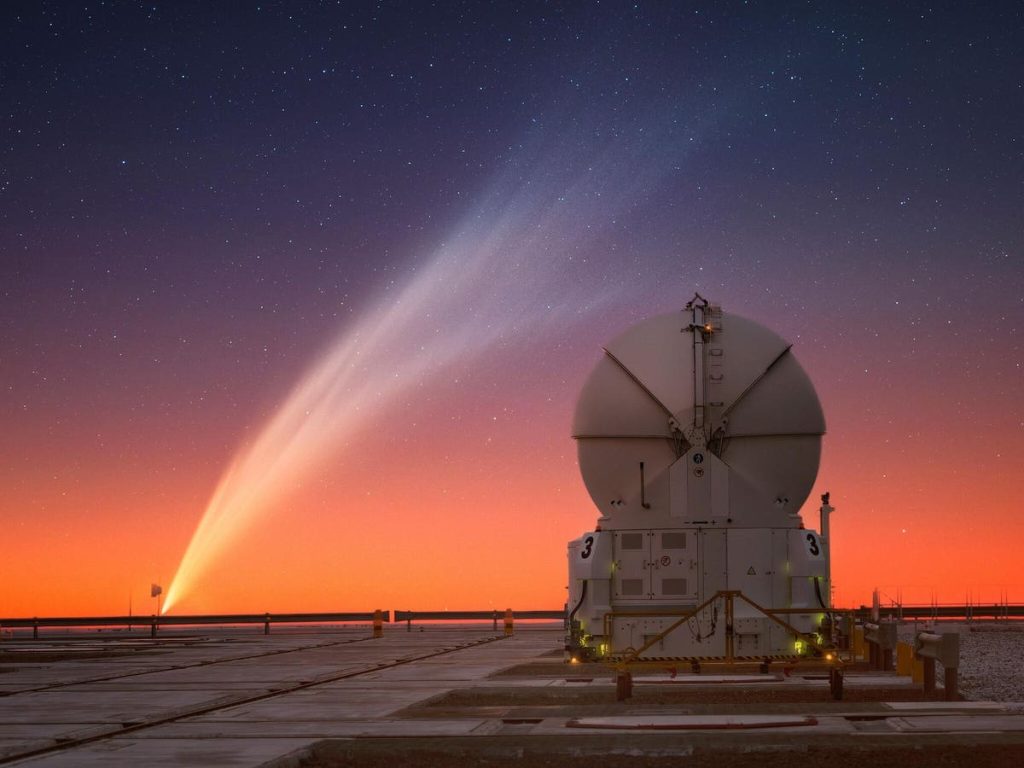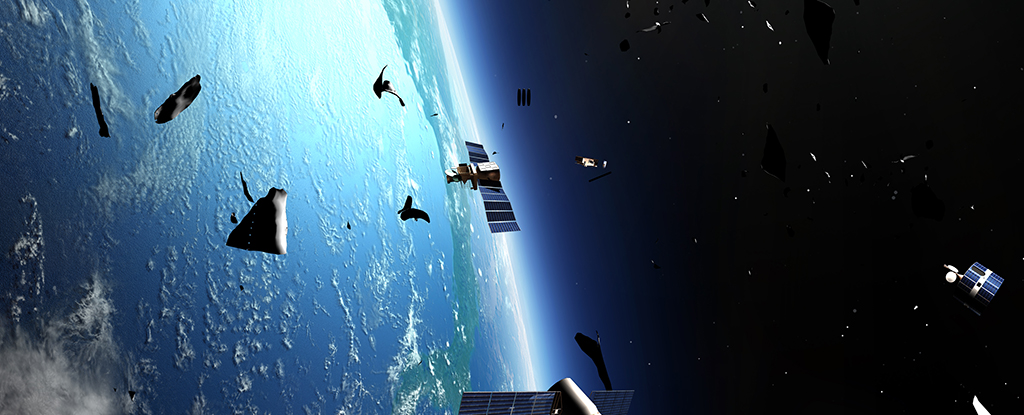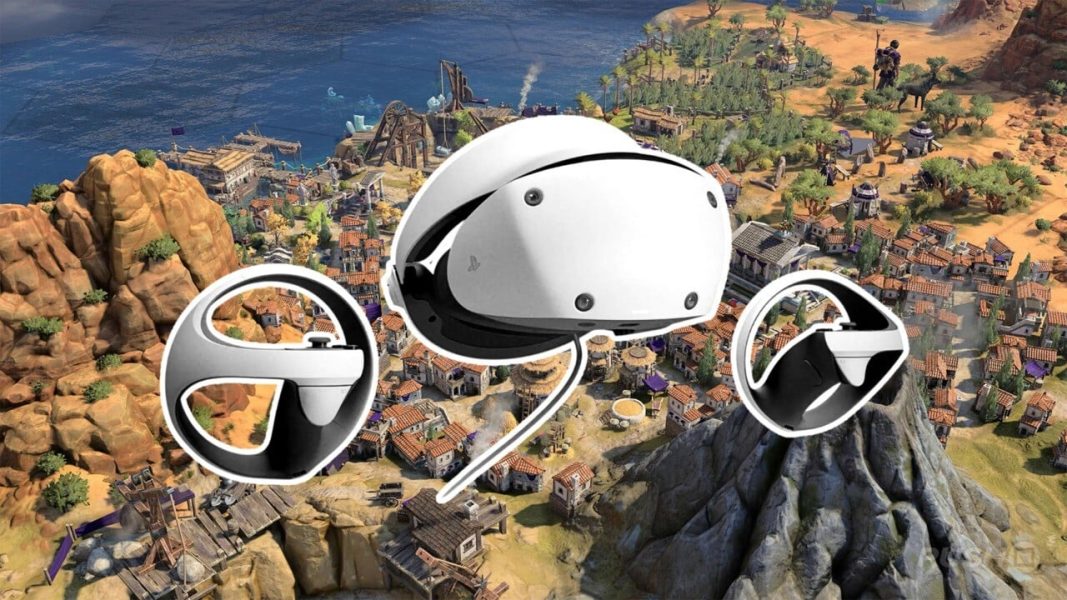‘Great Comet Of 2025’ Dazzles – Here Are The Best Photos – Forbes

Looking almost like a watercolour painting, this stunning photograph of comet C/2024 G3 (ATLAS) was … [+] taken by Yuri Beletsky on 19 January from ESO’s Paranal Observatory in Chile. The comet poses next to one of the Auxiliary Telescopes of ESO’s Very Large Telescope Interferometer. Links: Comet C/2024 G3 (ATLAS) wagging its tail Comet C/2024 G3 (ATLAS) and its multiple tails Comet C/2024 G3 (ATLAS) setting at Paranal ObservatoryLately, there seems to be no shortage of fascinating astronomical phenomena worth looking for in the night – and occasionally the daytime – sky. From solar eclipses to lunar eclipses to meteor showers to aurora displays, the past few years have been a delight for anyone interested in the wonders of the universe – or at least looking for a break from what’s happening here on Earth.There have also been a series of comets that have captured our collective curiosity; the earliest one I remember specifically heading out to see was Comet NEOWISE in the summer of 2020; it was one of the first ‘events’ I attended with other people, as a group of amateur astronomers and enthusiasts inadvertently congregated in a dark park to admire the comet’s bright nucleus and brush-stroke tails.Since then, there have been other comets to spot in the night sky, including one that recently put on a spectacular show – especially in the southern hemisphere. If you haven’t heard of Comet C/2024 G3 (ATLAS) until now, you’ll wish you had sooner – but at least we have some amazing photos of the ‘Great Comet of 2025’ to inspire the world to get out and look up at the stars.Comet C/2024 G3 (ATLAS) was discovered on April 5, 2024, by the Asteroid Terrestrial-impact Last Alert System (ATLAS). A comet’s designation holds key details about its discovery and classification:Comet C/2024 G3 (ATLAS) intrigued astronomers since its detection; initially classified as a dynamically new comet (one making its first foray into the inner Solar System) it was thought to be at high risk of disintegration during its closest approach to the Sun.As an exceptionally long period (around 180,000 years) comet due to its highly elongated orbit, C/2024 G3 (ATLAS) likely came from the Oort Cloud, a sphere of comets around the solar system. It reached perihelion (its closest point to the sun during its orbit) on January 13, 2025.It seems that the comet’s nucleus has broken apart after failing to withstand the Sun’s intense heat; a set of images taken by Lionel Majzik between January 18 and 20 shows that the largest fragments of the comet’s breakup are now stretched out in a line where its head would normally be.A series of photos that show the pseudo-nucleus (the small bright spot in the comet’s head) slowly … [+] fading away. The central bright “spine” in the tail is strong evidence that the comet’s nucleus has completely broken apart.This has caused the comet to dim much more quickly than if its nucleus had remained intact after perihelion; don’t worry though: the comet has put on an incredible show, especially for southern hemisphere viewers, observing the comet after sunset in the past few weeks.Even before Comet C/2024 G3 (ATLAS) reached perihelion, there were some amazing photos of it. The first one that captured most people’s attention was taken by astronaut Don Pettit aboard the International Space Station. Here you can see the comet lit by the sun while the ISS is still beyond the edge of the horizon.AStronaut Don Pettit shared this photo of Comet C/2024 G3 (ATLAS) from the Cupola aboard the … [+] International Space Station on January 12, 2025, just before the comet reached perihelion.Some of the best photos of C/2024 G3 (ATLAS) were taken in Chile, including this one where the comet shines brightly over the light pollution of La Serena – a coastal town of half a million people.Comet C/2024 G3 soars above the city of La Serena in this image from 18 January 2025.The best set of photos of comet C/2024 G3 (ATLAS) was taken from the area near the European Southern Observatory (ESO) in Paranal; this is in the Atacama Desert, one best places for stargazing in the world.A series of photos was released in early February, highlighting the incredible starry dark skies, and comet C/2024 G3 (ATLAS) with multiple tails.Florentin Millour captured this breathtaking wide-field image of comet C/2024 G3 (ATLAS) on January … [+] 21 from ESO’s Paranal Observatory in Chile. The Very Large Telescope sits atop Cerro Paranal to the left, while the comet sets in the western horizon right after sunset.Even in black and white, Comet C/2024 G3 (ATLAS) puts on a show, as pictured here directly over one of the many large pieces of astronomical observatory equipment at the site.Comet C/2024 G3 (ATLAS) wagging its tail.A closer view shows the distinct tails of Comet C/2024 G3 (ATLAS); even after its nucleus has broken apart, these tails are formed by the now-many smaller bodies of the comet moving through space.Comet C/2024 G3 (ATLAS) and its multiple tailsAnd here is the full frame of the image shared at the top of this article, showing the incredible long tails of Comet C/2024 G3 (ATLAS) against a beautiful sunset.Looking almost like a watercolour painting, this stunning photograph of comet C/2024 G3 (ATLAS) was … [+] taken by Yuri Beletsky on 19 January from ESO’s Paranal Observatory in Chile.Comet C/2024 G3 (ATLAS) is no longer visible in the northern hemisphere and is rapidly dimming for southern hemisphere viewers with proper equipment t oview it in all its glory (binoculars, telescope, or a camera).While it may be the ‘Great Comet of 2025,’ there is another comet on the calendar this year; in mid-December 2025, Comet 240P/NEAT will also pass perihelion. This one will again be best visible for those at the equator or south of it, and hopefully it too will put on a show that we can at least all admire in pictures.





